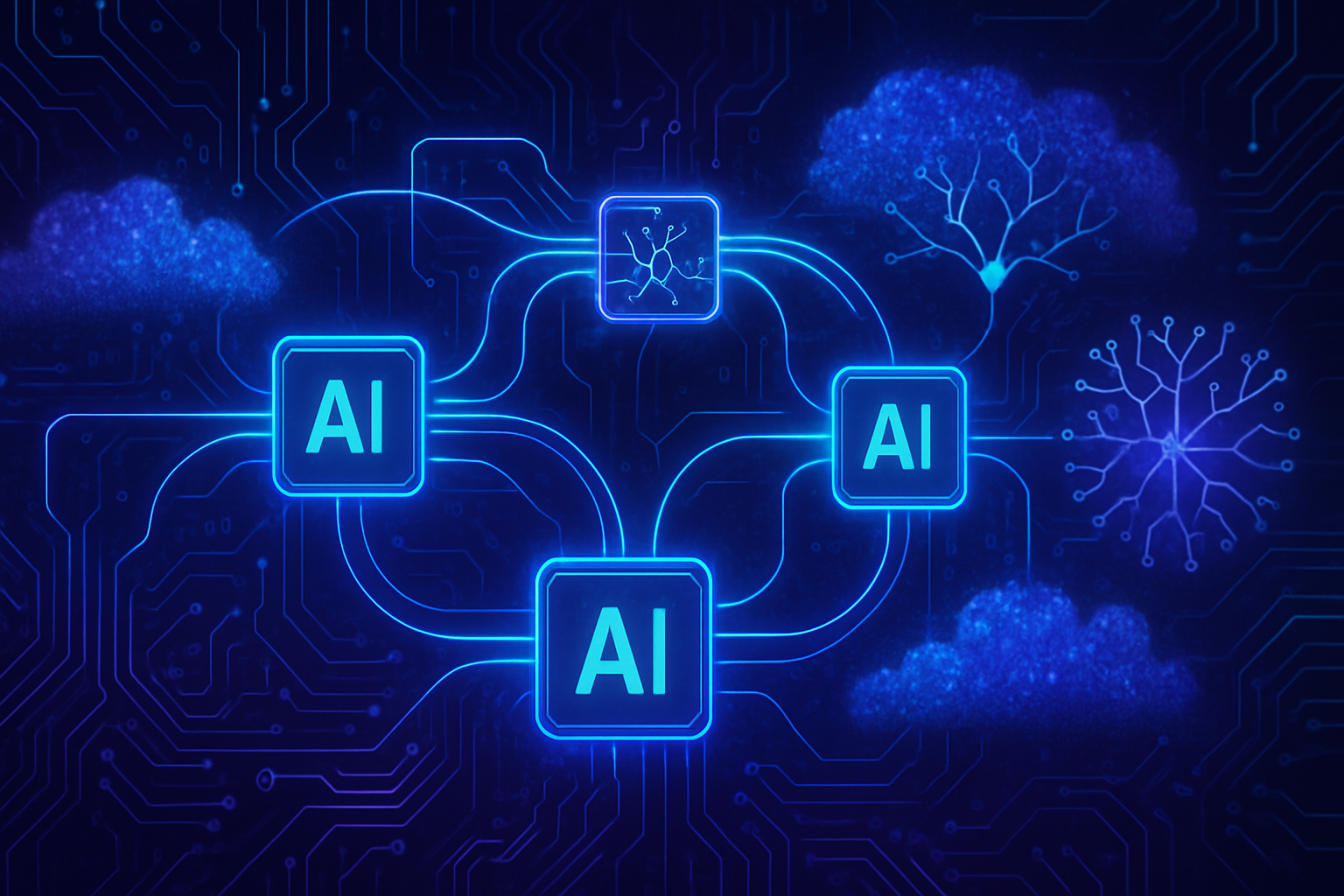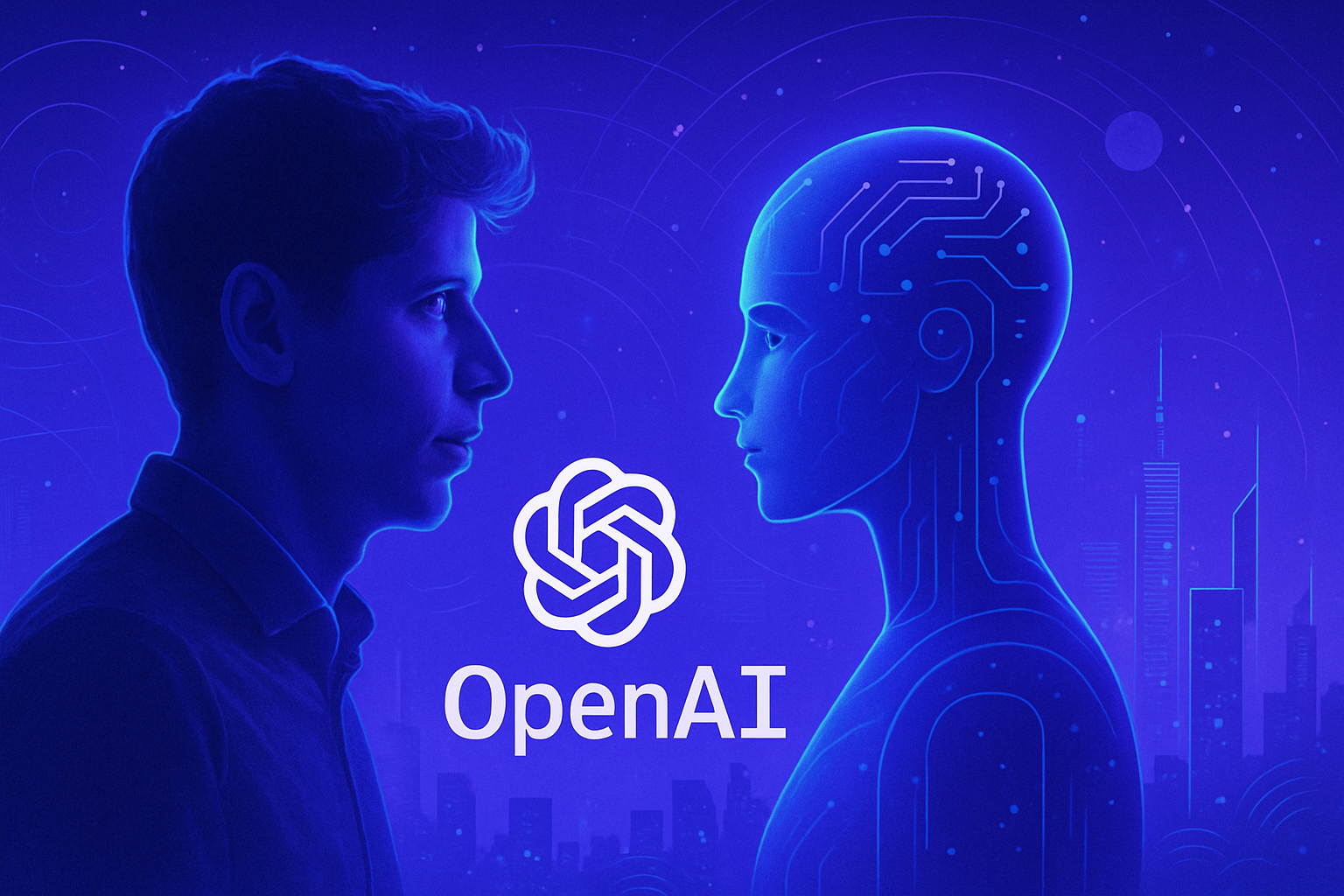Reducing the hallucinations of artificial intelligences represents a major challenge in optimizing generated results. The innovative technique of prompt chaining proves to be an effective solution to increase the accuracy of produced responses. This process, by breaking down requests into distinct prompts, allows the AI to focus on each task, thus abolishing potentials for error and inaccuracy. The synergy between clarity and structure in this method offers a pragmatic approach to contemporary issues related to data reliability in AI.
Accuracy and consistency unite to guarantee maximum results. Hallucinations, omnipresent in models, threaten their credibility. The efficient implementation of prompt chaining constitutes a decisive advancement, promising more robust and trustworthy AI systems.
Prompt Chaining Technique
The prompt chaining constitutes an innovative method, exploiting the ability of language models (LLMs) to self-correct. This technique breaks down complex requests into sub-prompts, allowing LLMs to process each task individually. This approach enhances the accuracy and clarity of results generated by artificial intelligences while minimizing the risk of hallucinations.
How Prompt Chaining Works
The operating mechanism is based on the idea that each sub-prompt builds on the outcome of the previous one. Thus, each step of the process is simplified, favoring increased attention from the LLM on specific elements. By anonymizing and streamlining instructions, the method maximizes the cognitive efficiency of the system. The importance of formulating simple and clear instructions for each prompt is thus emphasized, leading to results that are more faithful to reality.
Example of Implementation
A basic application of prompt chaining is illustrated by a news monitoring task. For example, for research on a given topic, two prompts may suffice. The first generates a news note, and the second requests recommendations to improve the clarity of the text. This two-step process demonstrates how chaining optimizes efficiency while enhancing the selection of relevant information.
Reducing Hallucinations
Although all LLMs can produce erroneous information, the prompt chaining technique significantly reduces these hallucinations. When a prompt generates questionable content, it can be followed by a validation. By querying the model to verify the accuracy of the data, it becomes possible to eliminate errors before presentation to the public. This verification mechanism reinforces the reliability of the information.
Application Areas of Prompt Chaining
The applications of this technique are multiplying. In the fields of writing, data analysis, or creating conversational agents, prompt chaining shows its utility. Scenarios requiring complex reasoning fit particularly well with this method. Optimizing accuracy in contexts where traceability of responses proves essential is one of the main strengths of this approach.
Limitations and Perspectives
The limitations of prompt chaining manifest when reasoning models are already equipped with an integrated method for active processing. In this case, the efficiency gain would be minimal. However, the potential of this technique continues to evolve, particularly with the emergence of models using LLM as a judge, combining two models to validate and correct generated data. This represents a promising advancement for the future of artificial intelligences.
Frequently Asked Questions
What is prompt chaining and how does it help reduce hallucinations in AI models?
Prompt chaining is a method that involves breaking down a complex prompt into several simple prompts. This allows AI models to focus on one task at a time, thus increasing the accuracy of results and reducing the risk of hallucinations.
How to effectively implement prompt chaining to maximize result accuracy?
To maximize accuracy, it is essential to identify the different tasks necessary to obtain a final result, to formulate clear instructions for each sub-prompt, and to chain the results for coherent and structured processing.
What types of projects benefit the most from prompt chaining?
Projects requiring multiple steps, such as drafting complex content, analyzing data from various dimensions, or creating intelligent agents, particularly benefit from prompt chaining.
How does prompt chaining help improve the clarity of responses provided by AI models?
By simplifying tasks into sub-prompts, prompt chaining allows models to focus on specific elements, which promotes a more structured response and thus clearer information for the user.
Are all language models compatible with prompt chaining?
While most modern language models can benefit from prompt chaining, some high-performing reasoning models may not gain as much advantage since they are already designed to handle complex tasks step by step.
What is the difference between prompt chaining and the “LLM as a judge” method?
Prompt chaining focuses on breaking down tasks to improve accuracy, while “LLM as a judge” involves using two distinct models to validate generated results, adding a layer of information verification and reducing the risks of hallucinations.
How to evaluate the effectiveness of prompt chaining in an AI project?
The effectiveness of prompt chaining can be assessed by comparing results before and after its implementation, measuring the intentional accuracy of responses, and gathering user feedback on the clarity and relevance of results.






